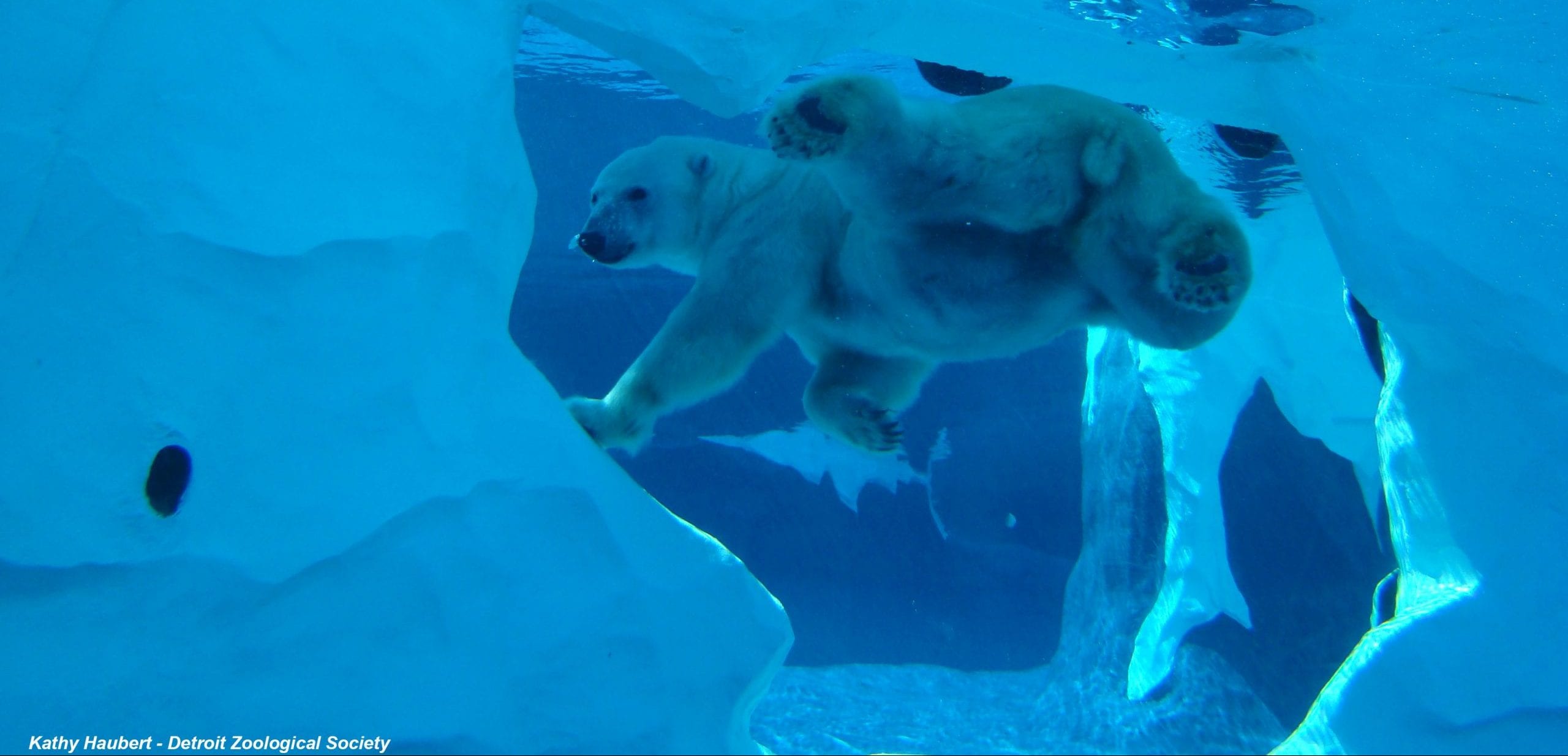
Apr 28, 2019 Role of Zoos & Aquaria in the 21st Century
Posted at 10:13h
In 1995, I was a coauthor with Bob Hoage (then a Public Affairs Officer for the National Zoo in Washington) on the changing animal protection movement and on the evolution and role of zoos and aquaria. Bob contributed the section on zoo evolution and he identified three periods in the development from 1865-1900 (zoos as expressions of colonial reach and power); 1900-1950 (zoos as expressions of civic pride and “stamp” collections of species) and 1950-1995 (zoos as conservation centers with a focus on captive breeding of endangered species and appropriate husbandry). We are now in the fourth phase of the evolution of zoos and aquaria that includes a strong emphasis on conservation education as well as a focus on animal well-being (really starting around 2005). Many more institutions are now also engaged in in situ conservation projects (but such projects amount to only around 3% of overall budgets except for the Wildlife Conservation Society and a handful of others) and a few are now beginning to move beyond education programs and engage in active public advocacy and outreach. Detroit Zoo and Zoos Victoria in Melbourne, Australia are early adopters of this trend.
According to a survey sponsored by the World Association of Zoos and Aquaria, over 700 million people visited zoos across the world in 2008 (this was around 10% of the global population at the time). The survey also estimated that the members of the twelve zoo associations participating together spent around $350 million annually on wildlife conservation. In other words, the 400 members of WAZA around the world have tremendous opportunities to engage the public in conservation outreach and advocacy.
Two zoos, in particular, stand out for me as examples of not just providing active education programs but as conservation and welfare advocates. The first is Detroit Zoo under the leadership of Ron Kagan for the past 25-plus years. In 2005, the zoo sent its two elephants off to a private sanctuary in California arguing that the cold, wet winter climates in Detroit kept the elephants indoors for many months and that captive outdoor spaces were inadequate (despite several exhibit expansions) for elephants. This decision changed the discussion about keeping elephants and several other zoos have followed their example. Then, in 2009, the zoo established the Center for Zoo and Aquarium Animal Welfare and Ethics. In 2014, the zoo advanced initiatives ending/preventing wolf hunting in the state of Michigan and continues to be a leader in engaging the public on conservation and welfare issues. The other institution is Zoos Victoria in Melbourne where Jenny Gray, who took over the CEO slot in 2008, has been leading an organization delivering not just conservation education but conservation campaigns. The 2017/2018 annual report lists the following campaigns (in addition to more traditional projects breeding threatened species) that the 2 million visitors a year are asked to support.
- The Safe Cat, Safe Wildlife campaign in concert with RSPCA Victoria.
- When Balloons Fly, Seabirds Die (120,000 people made the commitment to blow bubbles not balloons) and
- Seal the Loop (a campaign encouraging anglers to dispose responsibly of fishing lines and other waste).
Hundreds of millions of people love animals as the 700 million-plus visitors to zoos around the world indicate. Imagine what might be possible if the major zoos and aquaria teamed up in constructive, focused campaigns with environmental and animal protection NGOs to back specific projects. Recently, the problem of ocean plastic has become a huge concern. Perhaps we could all combine forces to stop the flow of plastic into the oceans in the next five years. Zoos and aquaria have already started down this road. At the October 2018 meeting of the World Association of Zoos and Aquaria in Thailand, a decision was made to move plastics to the forefront of public campaigns.


